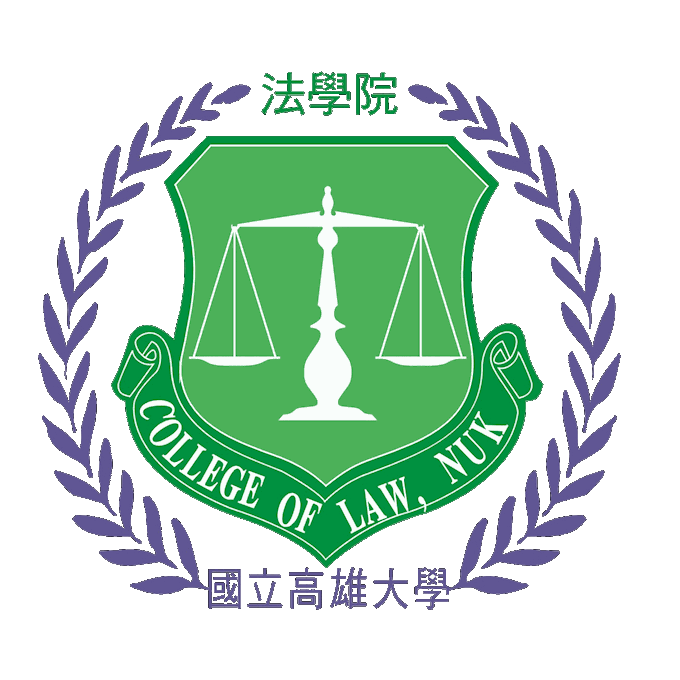

台灣現行法律對於「合理使用」之概括規定,大抵與國際標準相同。惟因「合理使用」之判斷,對一般人(包括學術研究者)而言,過於抽象且不易判斷,且法院實務上及學術上對於抄襲之認定標準不盡相同,造成一般人,尤其係學術研究者,無法清楚界定抄襲與引用之區別。本文透過引用及抄襲之介紹,期待學術研究者能掌握二者之區別及分際,避免觸法及違反學術倫理。 本文首先透過對美國著作權法及其實務運用、國際公約及台灣著作權法對合理使用認定標準之介紹,以期一般人及學術研究者能清楚認定合理使用之範圍,合法引用他人文章,豐富本身著作之內容。另外,透過法律面及學術面對抄襲之認定及二者認定差異之介紹,對於避免違法及違反學術倫理,應可提供一定助益。而分別從民刑事及行政懲處之觀點,剖析抄襲之處罰,尤其從教育部、國科會及各大專院校之規定,分析抄襲之行政懲處,對於研究者當有警惕作用。又鑑於對合理使用之認定,過於抽象,本文亦一併介紹利用文章,不致構成侵權之其他方法。最後,本文更從學界實際上常發生之著作權法律爭議問題出發,從法律面及學術倫理面,提出個人淺見,以期對學界習以為常或偏頗之現象,有所導正。
Taiwan’s current law for “ fair use “ general provisions are similar to international standard. For general people (including academic researchers), “ fair use “ is too abstract and difficult to judge and identification of plagiarism vary between court practice and academic standards. Therefore, most persons especially the academic researchers are unable to define the difference between plagiarism and quotation. Through the introduction about plagiarism and quotation, we hope that academic researchers can grasp the distinction between them, and avoid breaking the law and academic ethics. First, by the “fair use” introduction of United States Copyright Law , the international convention and Taiwan Copyright Law, we hope general people and academic researchers can identify clearly the scope of fair use, use other articles legally, and enrich their writing content. Second, through the introduction of the difference about plagiarism indentified by legal side and academic view, it should provide certain benefit to avoid illegal and violate academic ethics. Third, from the civil and criminal viewpoint and administrative sanction, the penalties analysis of plagiarism, especially from the Ministry of Education, National Science Council and the provision of universities, it can provide some vigilance for researchers. Because the determining of fair use is very abstract, this paper also introduce the other methods which will not constitute infringement. Finally, facing the copyright controversial issues from the scholars, the author will propose some humble opinion to guide some academic accustomed phenomenon or bias.